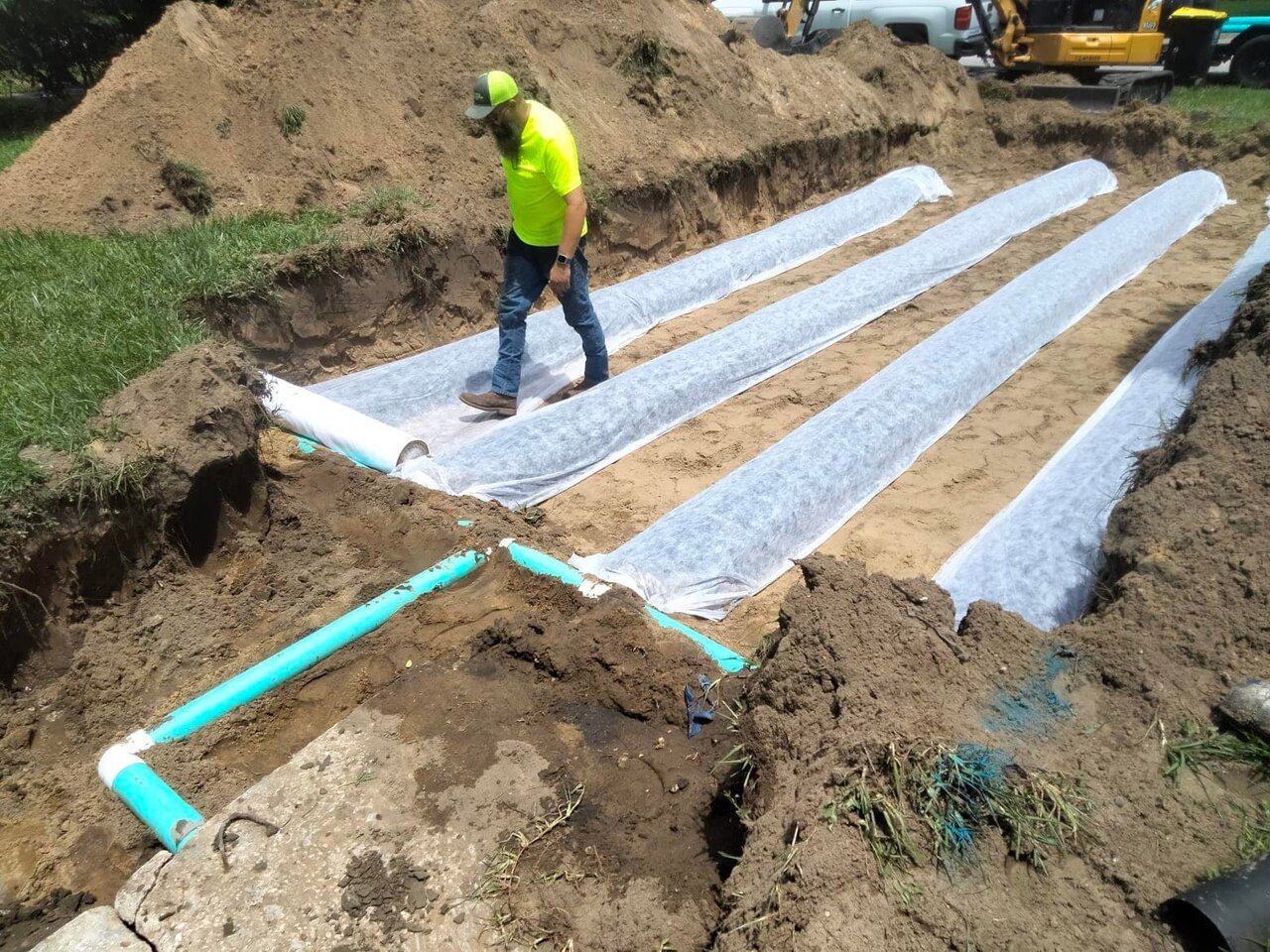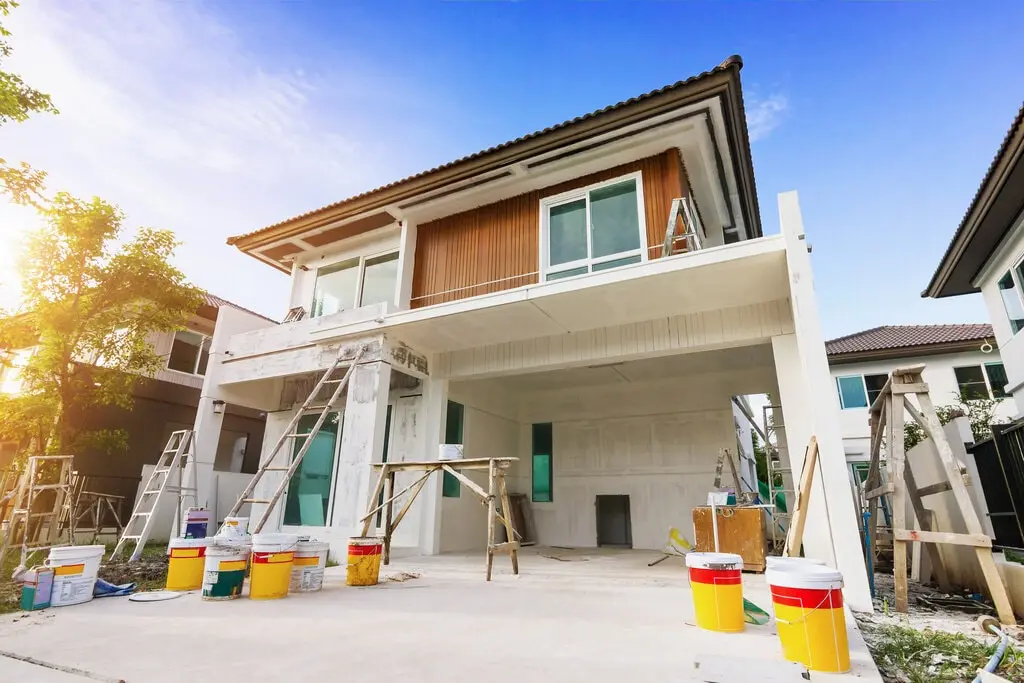Septic systems are an integral component of homes across the country. In fact, the United States Environmental Protection Agency estimates that 1 in 5 homes in the country have septic systems.
In rural and suburban areas, septic systems are often used where there is no access to a city sewage system because they are too remote or have too few residents to make a connection to the public sewer system cost-effective. Septic systems have been used for centuries and can be seen in many agricultural and rural areas today.
The Main Components of Your Septic System
Septic systems are composed of several components, all designed to work together to effectively and efficiently process the wastewater from your home. The main components include:
Septic Tank
This is the primary component of a septic system. As wastewater exits your home it enters the septic tank, where beneficial bacteria start to break it down. In the tank, the liquid separates into 3 layers: solids (sludge), scum, and effluent. Solids settle to the bottom, scum rises to the top, and clear water (the effluent) exits the tank through a pipe into the drainfield.
Septic tanks are typically made of concrete or plastic and should last up to 20 years with regular inspections and maintenance.
Septic Drainfield or Leachfield
This is where wastewater is slowly dispersed into the soil after it passes through the septic tank. A septic drainfield is typically made of gravel or sand, and pipes that are connected to the septic tank. Effluent that exits the septic tank through pipes enters the drainfield. There, the pipes and gravel allow for the percolation of liquids, which further filters out contaminants from water.
Septic drainfield pipes are typically made from PVC, ABS, or HDPE plastic. They usually come in lengths between 10 and 20 feet and can vary in diameter depending on the size of your tank. Additionally, each pipe has slits cut into it to allow for proper drainage and filtration.
Properly sized and constructed drainfields should last from 20-50 years if maintained properly.
Soil Absorption Area
This area allows water from the drainfield to slowly filter back into the soil, helping to avoid environmental contamination and allow for cleaner reuse of wastewater in the environment. It should last more than 50 years with proper construction and regular maintenance.
Distribution Box/Manhole
This component helps distribute wastewater evenly within a leachfield or drainfield, allowing for even distribution throughout an area instead of concentrated spots that may cause damage or disrupt plant growth. It should last 25-50 years with regular maintenance and should always be inspected regularly.
Septic Tank Alarm
Some septic systems include an alarm, which is an electronic device used to detect when the septic tank needs to be serviced or emptied. It uses sensors to detect high levels of liquid in the tank and alerts the homeowner accordingly.
Septic tank alarms typically last anywhere from 5-10 years depending on brand and quality.
When Something Goes Wrong With Your Septic System
Signs of problems with your septic system include:
- Unpleasant odors can indicate a blockage, leak, or malfunction in the system.
- Slow draining of water could mean you have a clog developing in the septic pipes or septic tank, or issues with the drainfield.
- Gurgling sounds in the drains could be caused by air bubbles as wastewater moves through pipes and could signal a blockage somewhere in the system.
- Wet patches around the drain fields or tanks could indicate a leak or an overflow.
- A sewage backup into the home is the most concerning sign of a problem with your septic system. Sewage backing up into the house and pooling in sinks, toilets, and bathtubs is not only unpleasant but potentially hazardous.
If you notice any of these problems, it is recommended that you contact a septic professional as soon as possible. They will be able to do an inspection and assessment of the system to determine what repairs are needed – or if it is time for a full (or partial) replacement.
Repair or Replace?
If your septic system is experiencing some problems, you may be wondering if it is best to repair components or replace the entire thing. There is no one-size-fits-all answer to this question; it depends on several factors including age, type of components, and overall condition of the system.
If your septic system is relatively new, under 10 years old and made up of predominantly high-quality components, it might make sense to repair any malfunctioning parts rather than replacing the entire system. Repair costs can often be quite affordable and can help extend the life of your existing septic system. However, if the underlying problem is more significant or the components are aging and in need of replacement anyway, a full replacement may be more cost-effective in the long run.
If the problem is your drainfield, repairs might be enough to resolve the issue. Adding new soil and more gravel around the drainfield, for example, can sometimes help restore functionality to a failing drain field. However, in
It is also important to consider how well you’ve been caring for your system over time. Regular maintenance like pumping out sludge from tanks or checking wastewater levels in drain fields can increase their longevity significantly. If you haven’t kept up with routine maintenance on your septic tank it may be wise to replace rather than repair as the needed repairs could end up costing more than a full replacement.
Ultimately, when making the decision between repairing and replacing a septic system, it is best to consult with an experienced septic professional who can provide expert advice on which option will work best given your specific situation.

Septic Service In and Near Lakeland
Septic & Drainfield Depot is the place to call when you need a septic company in and near Lakeland.
We offer a full range of septic tank services, including installation, pumping, cleaning, and repairs. We are also experts at drainfields and lift stations for residential and commercial properties.
Contact us today for a free estimate.







